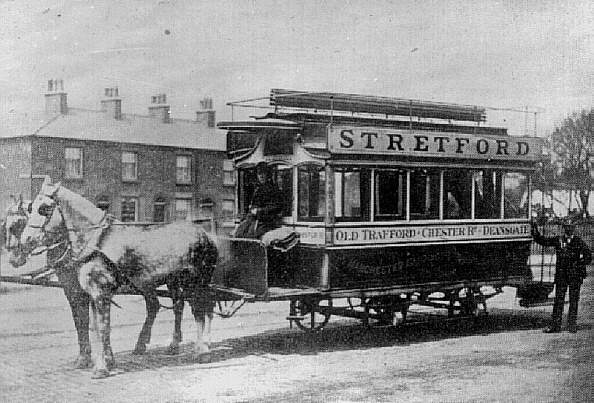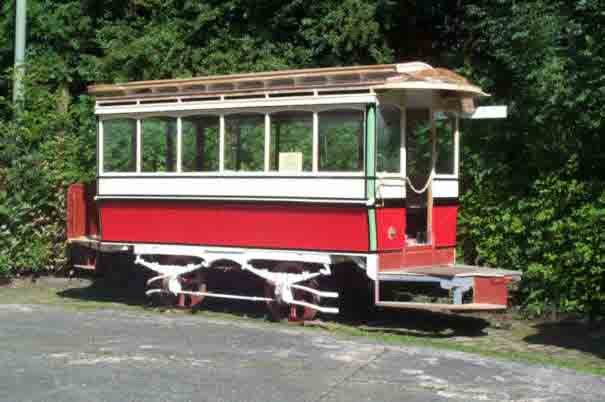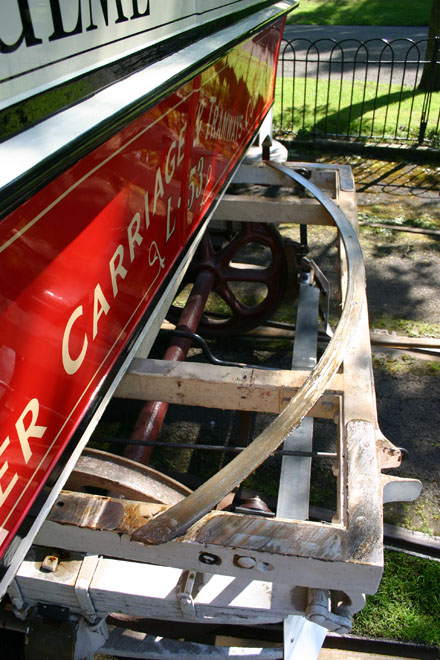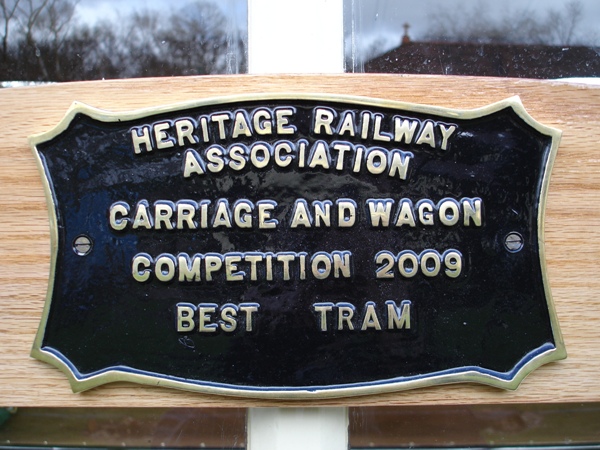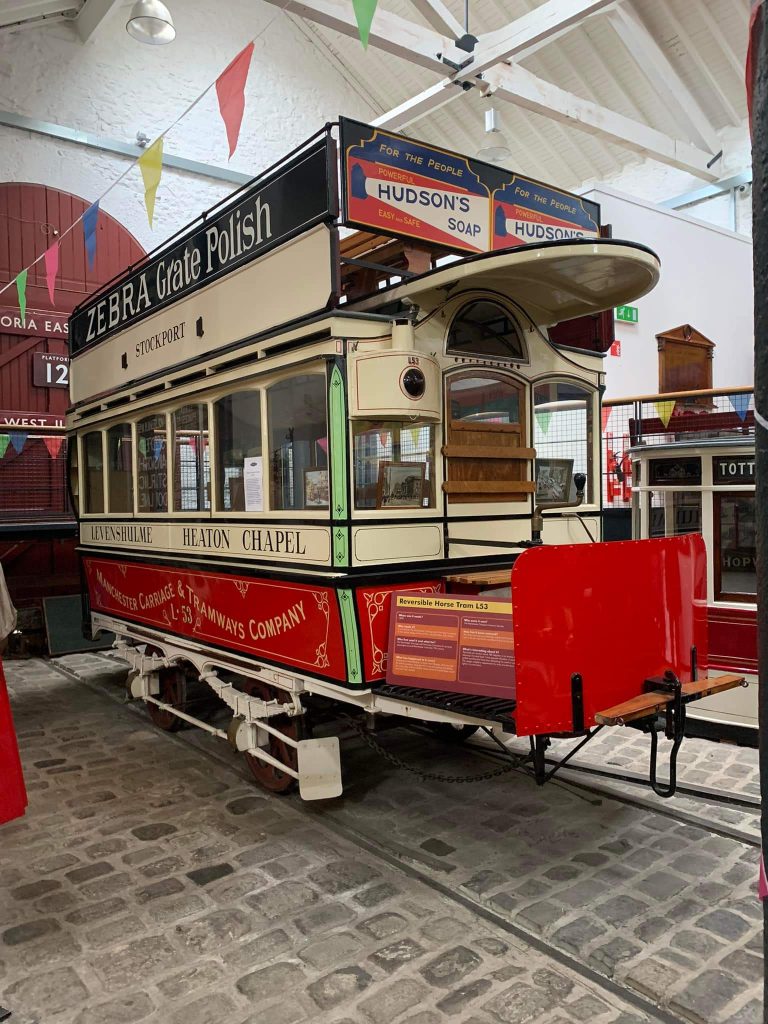
Built in the 1880s, L53 features the Eades Patent reversible truck. Most horse trams were double-ended, requiring the horse to be uncoupled upon reaching the terminus. John Eades’ design involved a body that could be rotated on it’s truck, thus saving time. The tram also only required one staircase, unlike other double deck trams. This increased seating capacity and reduced the weight.
The remains of L53 were discovered in 1970 near Glossop, Derbyshire. Unlike most tram bodies finding use as shed and greenhouses, L53 was still on it wheels. It’s restoration first began as part of an A-level wordwork project by an MTMS member. Restoration continued in several locations, before L53 arrived at Heaton Park in June 1998.
Work continued over the next 10 years to bring the sole surviving Manchester horse tram back to operation. Launched into service in March 2008 L53 was awarded "Best Tram" in the Heritage Railway Association awards of the year.
Following several spells of operation at Heaton Park aswell as two visits to Beamish in May 2009 and May 2010, L53 was moved to Bury Transport Museum on long term loan where it currently resides.
